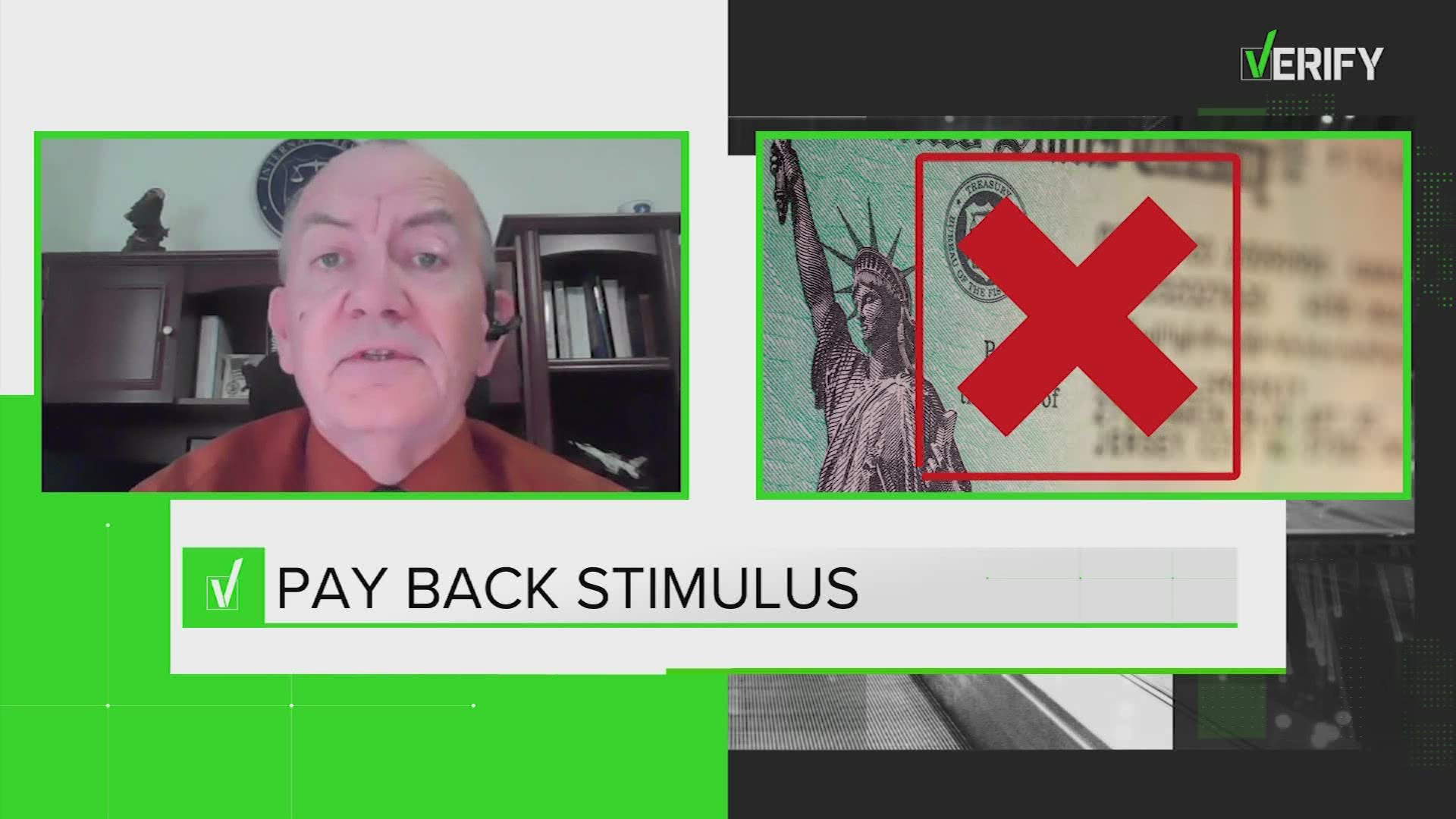CALIFORNIA, USA — This story was originally published by CalMatters.
The latest CalMatters video offers a quick explanation of how California’s unemployment system went awry while struggling to confront unprecedented demand.
As the pandemic left millions of Californians unemployed, prosecutors say scammers found many ways to defraud the state. The confusion derailed the unemployment system and left many people out of work to fend for themselves.
Since the California’s unemployment rates skyrocketed, fraud had plagued the California’s Employment Development Department. The state suspects there are more than $30 billion in fraudulent claims, which has led to the state halting benefit payments to thousands of legitimate claims.
Unemployment benefits are a form of insurance. If you lose your job, the state pays you up to $450 a week from a fund paid for by business taxes. When times are really tough, like a global pandemic, the federal government kicks in more cash for benefits.
But after the pandemic shut down the economy last spring, a record 16 percent of Californians were suddenly jobless, putting a serious strain on the system.
By the fall, more than a million people were still waiting for the state’s Employment Development Department to process their unemployment applications.
And that was just the beginning.
Scammers flooded the system with fake claims.
Now, enter Bank of America, which had one job: Deliver money to unemployed Californians via debit cards. That went haywire when scammers allegedly got ahold of card numbers and racked up fraudulent charges on unemployment accounts.
The state and the bank scrambled to crack down on fraud by doing new identity checks and freezing hundreds of thousands of debit cards.
But in the process, thousands of unemployed workers stopped getting money. Some even saw their unemployment accounts drop to a negative balance after the bank refused to refund alleged fraudulent charges.
After all the confusion, billions are missing. As of late January, unemployment fraud cost taxpayers around $11 billion. Officials say the total could ultimately exceed $30 billion.
While workers struggled, the state and Bank of America have continued to make money. How much, you ask?
Public records obtained by CalMatters show the state made $22.5 million from March to October alone last year. The money came from transaction fees that merchants pay when unemployment debit cards are used to buy something.
As for Bank of America? The bank and the state both won’t say how much the bank has made. But an executive told lawmakers that the bank actually lost money on the deal last year after factoring in costs for damage control.
So what happens now?
Law enforcement is investigating unemployment fraud, including cases linked to organized crime, weapons offenses or drug trafficking.
Some fed-up Californians and lawmakers want to add a direct deposit option for unemployment payments and improve the state’s fraud detection.
As for the people who haven’t received unemployment benefits? State officials haven’t said when those claims will be paid.
Want to learn more? Check out our in-depth explainer.

